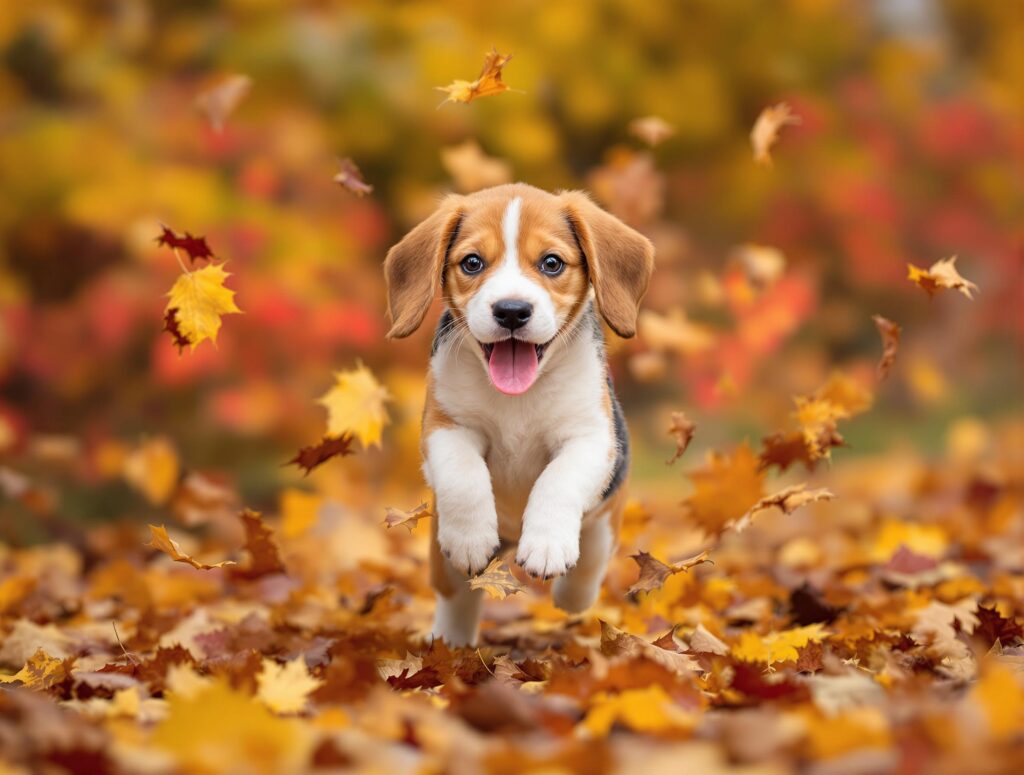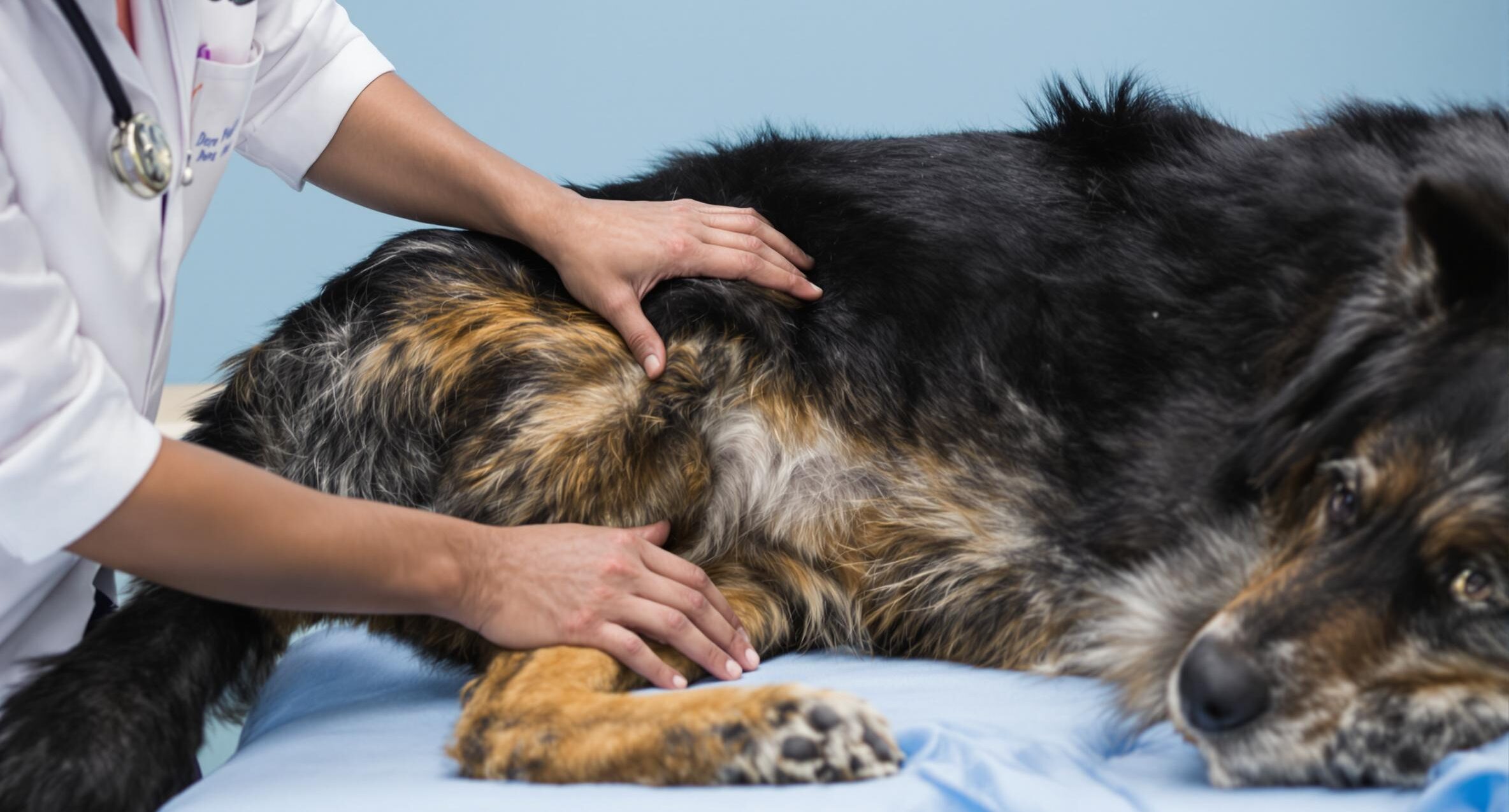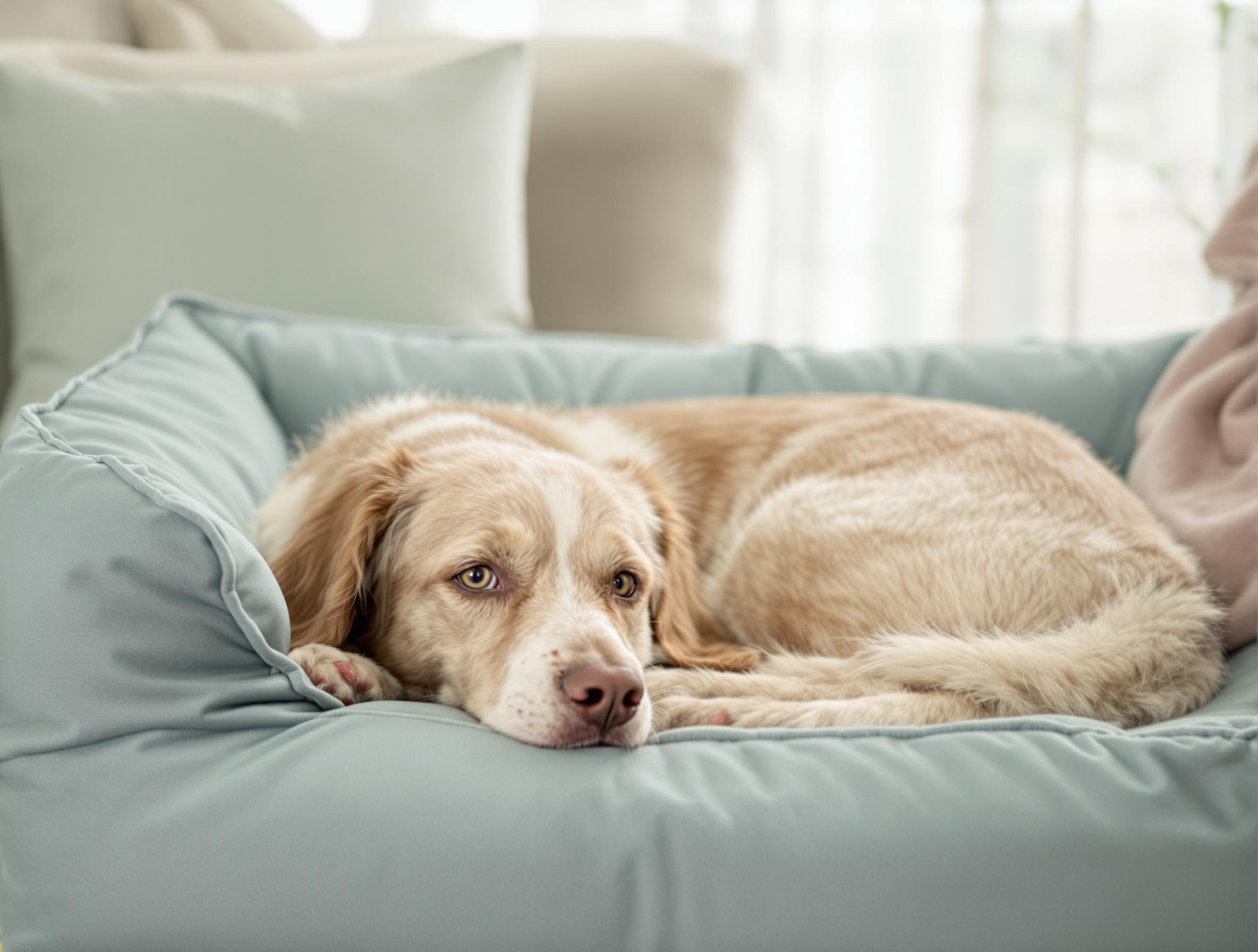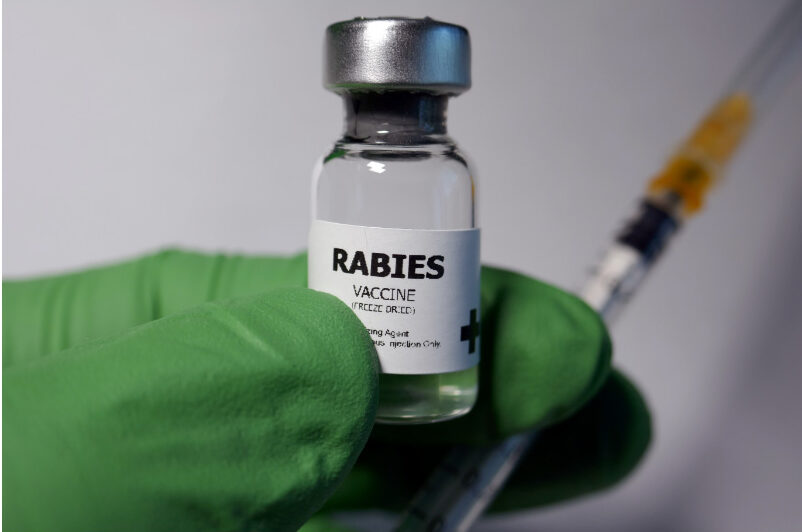When Can Your Puppy Safely Visit the Dog Park?

Key takeaways:
- Puppies should ideally wait until they’re 16-17 weeks old, with completed vaccinations, before visiting a dog park to ensure their safety and health.
- Early socialization, through controlled playdates and puppy classes, is essential for developing a well-adjusted adult dog and minimizing behavioral issues.
- Preparation, such as mastering recall commands and bringing a first-aid kit, enhances safety and enjoyment during initial dog park visits.
As a fur parent, it’s a magical moment when your little one spots another dog through the window and their tail wags with pure excitement. You might even wonder when your puppy can finally join the joyful pack at the local dog park. While those puppy dog eyes might tempt you to start early, veterinarians typically recommend waiting until your puppy has completed their core vaccination series before exposing them to high-traffic dog areas. The series usually completes around 16 weeks of age.
How to start puppy socialization
While you’re waiting for the full vaccination schedule to complete and before your first visit to a dog park, it’s a smart idea to slowly start puppy socialization. Puppy socialization is the process of exposing young dogs to different people, animals, environments, and experiences during their critical developmental period (typically between 3-14 weeks of age). It helps build the foundation for a confident, well-adjusted dog who can enjoy a park safely (and happily).
Your puppy develops their understanding of the world and personality through daily experiences. Creating a structured socialization plan between 7 weeks and 4 months builds the foundation for a confident, well-adjusted adult dog. Here are some tips to follow:
- Start with controlled meetings. Invite vaccinated, gentle adult dogs to your home or arrange playdates with other furparents. These thoughtful introductions help your puppy build social skills while staying protected.
- Watch for signs that indicate your puppy’s readiness for social interactions. A well-adjusted puppy shows curiosity about new experiences through relaxed body language (loose tail wags, soft eyes, and forward-pointing ears).
- Pay attention to how quickly your pup recovers from surprising events. A confident puppy bounces back quickly and remains interested in exploration.
- Use treats and praise to help your puppy form positive connections with new experiences. Reward calm behavior when meeting new people or encountering novel situations.
- Take your puppy to different locations like parks, pet-friendly stores, and urban settings. This helps them become comfortable with various sounds, sights, and surfaces.
- While exposing your puppy to new experiences, keep a predictable daily schedule for meals, potty breaks, and sleep to provide security during this exciting period.
Following a puppy vaccination schedule
Now that you know about puppy socialization, let’s talk about immunizations. A comprehensive puppy vaccination schedule typically begins at 8-9 weeks of age, with boosters administered every 3-4 weeks until the puppy is 16 weeks old. Your veterinarian can provide personalized guidance on which vaccinations are essential for your puppy and tailor a schedule based on your local disease risks and your pet’s needs.
Do you have pet insurance? Most plans cover core vaccinations, making staying on schedule with your puppy’s health needs easier. If you miss an appointment, contact your veterinarian promptly to adjust the schedule and maintain continuous protection.
During these visits, your veterinarian will track your puppy’s growth and adjust the schedule if needed, making each appointment an opportunity to discuss your pet’s development. Core vaccines include protection against distemper, parvovirus, and rabies.
Another vaccination to consider is Bordetella. This is because dog parks and training facilities often require the Bordetella vaccine, which guards against kennel cough.
How long should I wait to go to the dog park after vaccinations?
Professional veterinary guidelines recommend waiting until two weeks after the final round of vaccinations before introducing your puppy to dog parks. Just in case, keep your vaccine records handy as many dog parks require proof of current immunizations.
While completing your puppy’s vaccination series, focus on positive socialization in controlled settings. Puppy classes that verify vaccination records offer safe opportunities for interaction and learning. Puppies that participate in structured socialization activities develop into more confident adult dogs.

Safety tips for puppies at dog parks
Creating a safe and joyful dog park experience for your puppy begins with thoughtful preparation and loving attention to their needs. These puppy safety tips will help you build positive memories at the park while keeping your little friend protected.
- Learn to read your puppy’s happiness signals – a loose, wiggly body and play bows mean they’re having fun, while flattened ears, tucked tail, or excessive yawning suggest they need a gentle break.
- Practice the “come” command with happy enthusiasm before park visits – this loving connection helps guide your puppy away from any rough play.
- Choose calmer hours for visits, like weekday mornings, when your puppy can explore with confidence and make friends at their own pace.
- Bring a simple first-aid kit including pet-specific items like Vetericyn antiseptic spray, non-stick gauze pads, and self-adhering bandages (chat with your vet about customizing supplies for your puppy’s needs).
- Keep your puppy close by during initial visits, offering gentle praise and small, soft treats when they show calm social behavior.
- Guide your puppy toward shorter play sessions that end on a happy note – brief, positive experiences help build their confidence and love for the dog park.
Preparing your puppy for dog park visits
Help your puppy discover the joy of dog parks by building confidence through positive preparation at home. These steps will create a strong foundation for safe and happy park adventures.
- Transform your backyard into a mini training ground with scattered toys, simple obstacles, and designated play areas. Practice recall training using puppy-favorite treats like small pieces of cooked chicken or freeze-dried liver. Start with 10-minute sessions during calm parts of the day.
- Build social skills through controlled introductions with friendly, vaccinated dogs in your home or fenced yard. Watch for positive body language: relaxed posture, play bows, and gentle interactions. These signs indicate growing readiness for park visits.
- Master leash etiquette during neighborhood walks. Train your puppy to walk calmly beside you, maintaining focus even when passing other dogs—reward calm behavior with praise and treats.
- Pack a park success kit: freshwater, a collapsible bowl, waste bags, a favorite toy, and a small treat pouch. Include weather essentials like a cooling mat for warm days or a light jacket for cooler mornings. You can easily find most of the things you need at PetCareRX.
- Schedule first visits during quiet hours – early mornings and weekday afternoons offer calmer environments. Choose mild weather days between 60-75°F for optimal comfort and avoid peak sun hours.
Answering common questions about dog park visits
At what age can my puppy start visiting the dog park?
Following your veterinarian’s guidelines, puppies should be 16-17 weeks old before their first dog park visit. This timing allows them to complete their core vaccination series and develop basic social skills. Your puppy should respond reliably to its name and “come” command while showing confident, relaxed body language.
What should I bring to the dog park?
Pack a “puppy park kit” with fresh water, a collapsible bowl, your puppy’s favorite treats, and cleanup bags. Bring a long-line leash for added control during quiet moments.
How do I protect my puppy from aggressive dogs?
Stay close to your puppy and watch for things like raised hackles, direct staring, or growling. Create space between your puppy and any dog showing concerning behavior by calmly walking to another area. Your confident, calm presence helps your puppy feel secure.
What should I do if my puppy seems overwhelmed?
Read your puppy’s body language – tucked tail, hiding, or excessive panting signal stress. Give your puppy quiet moments to rest in a peaceful corner of the park, praising their calm behavior. Brief, positive visits build stronger confidence than extended play periods.
How can I make sure my puppy plays appropriately?
Visit during quieter hours when fewer dogs are present. Reward gentle play behaviors like play bows, bounce-away movements, and taking turns chasing. Call your puppy for brief check-ins, offering treats and gentle praise for responding.
What if my puppy has a negative experience?
Focus on rebuilding confidence through positive experiences in controlled settings. Arrange playdates with known, friendly dogs in quiet areas before attempting another park visit.
Making the most of your puppy’s park adventures
Your puppy’s first dog park visits open a world of playful social connections and physical activity that shape its development. As you stay engaged with your puppy during these outings, you’ll watch them put their boundless enthusiasm to good use—making new friends, learning social cues, and building confidence through positive experiences.
For more information on how to keep your pup healthy and happy, visit PetHealthMD. We’re here to help you support your puppy’s active lifestyle, from seasonal wellness tips to balanced nutrition guidance.





